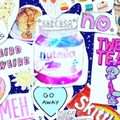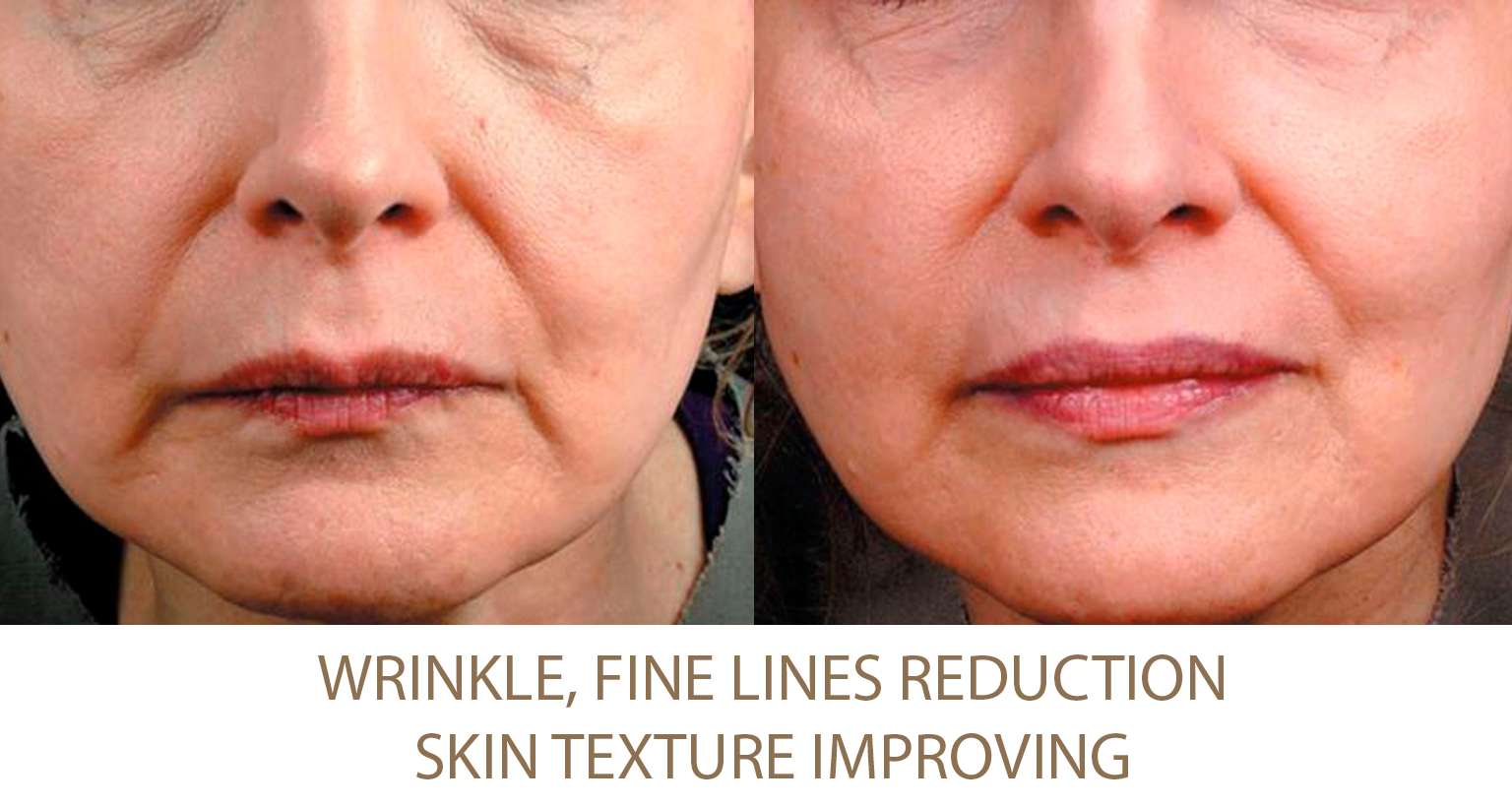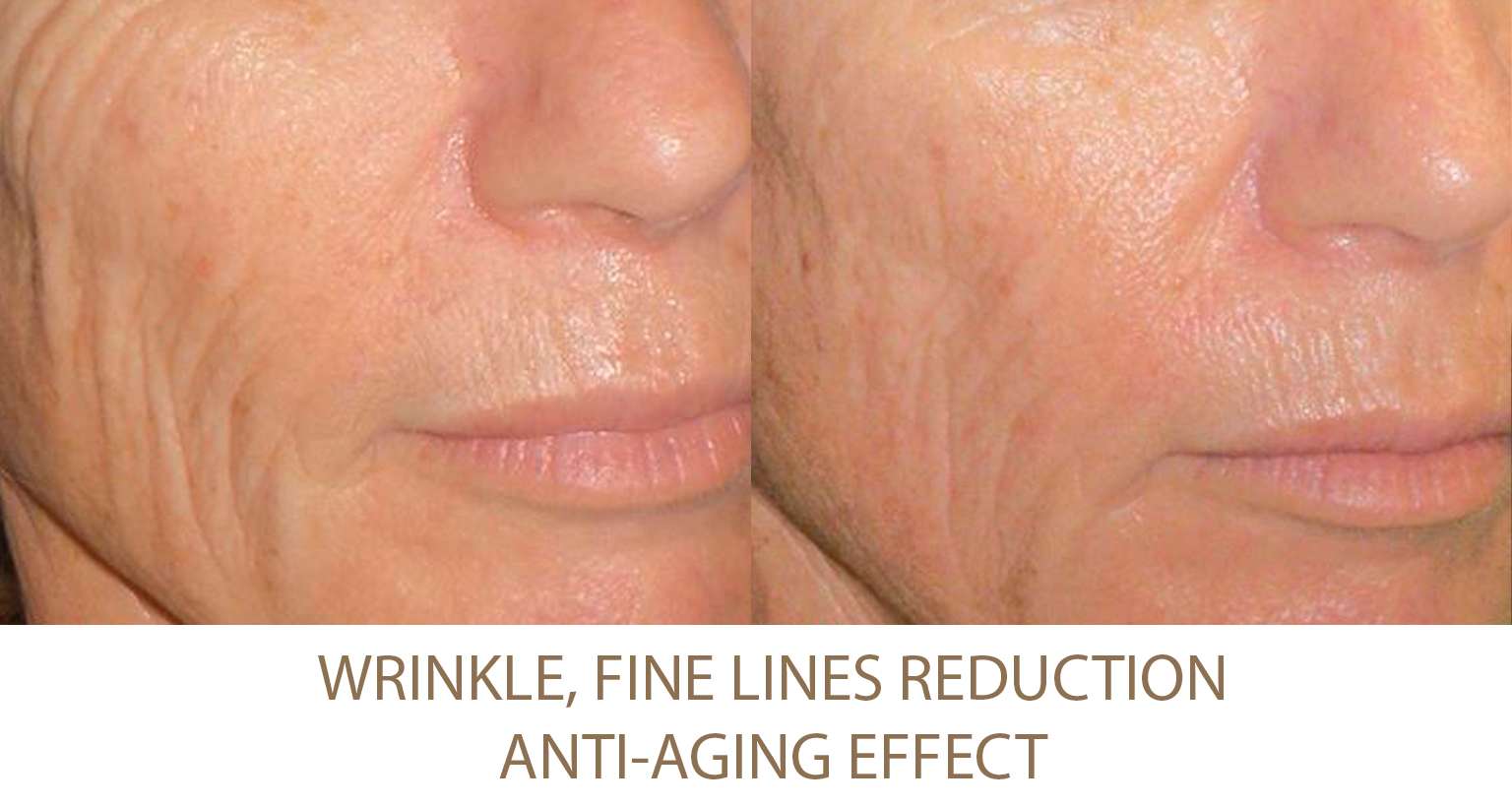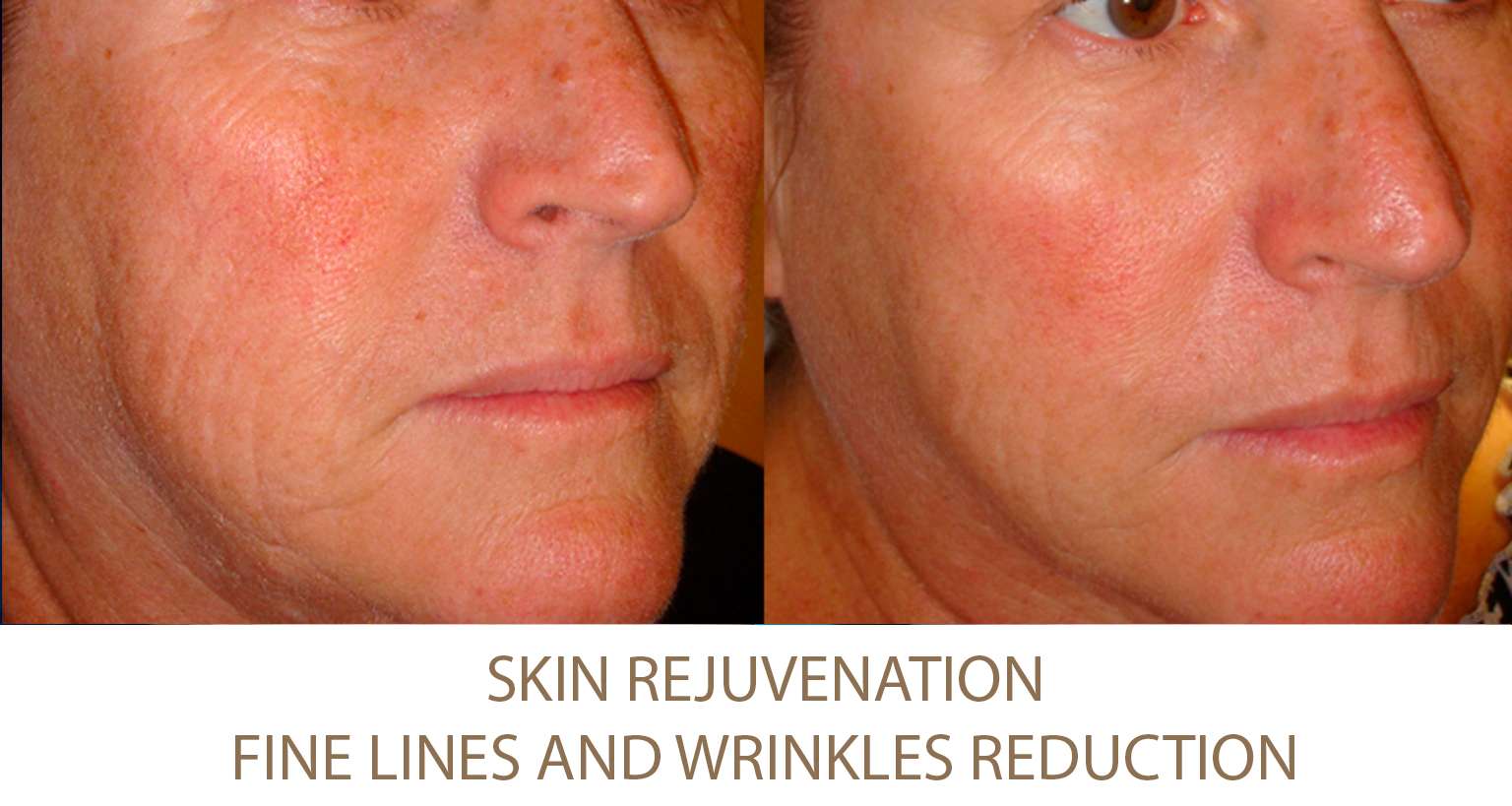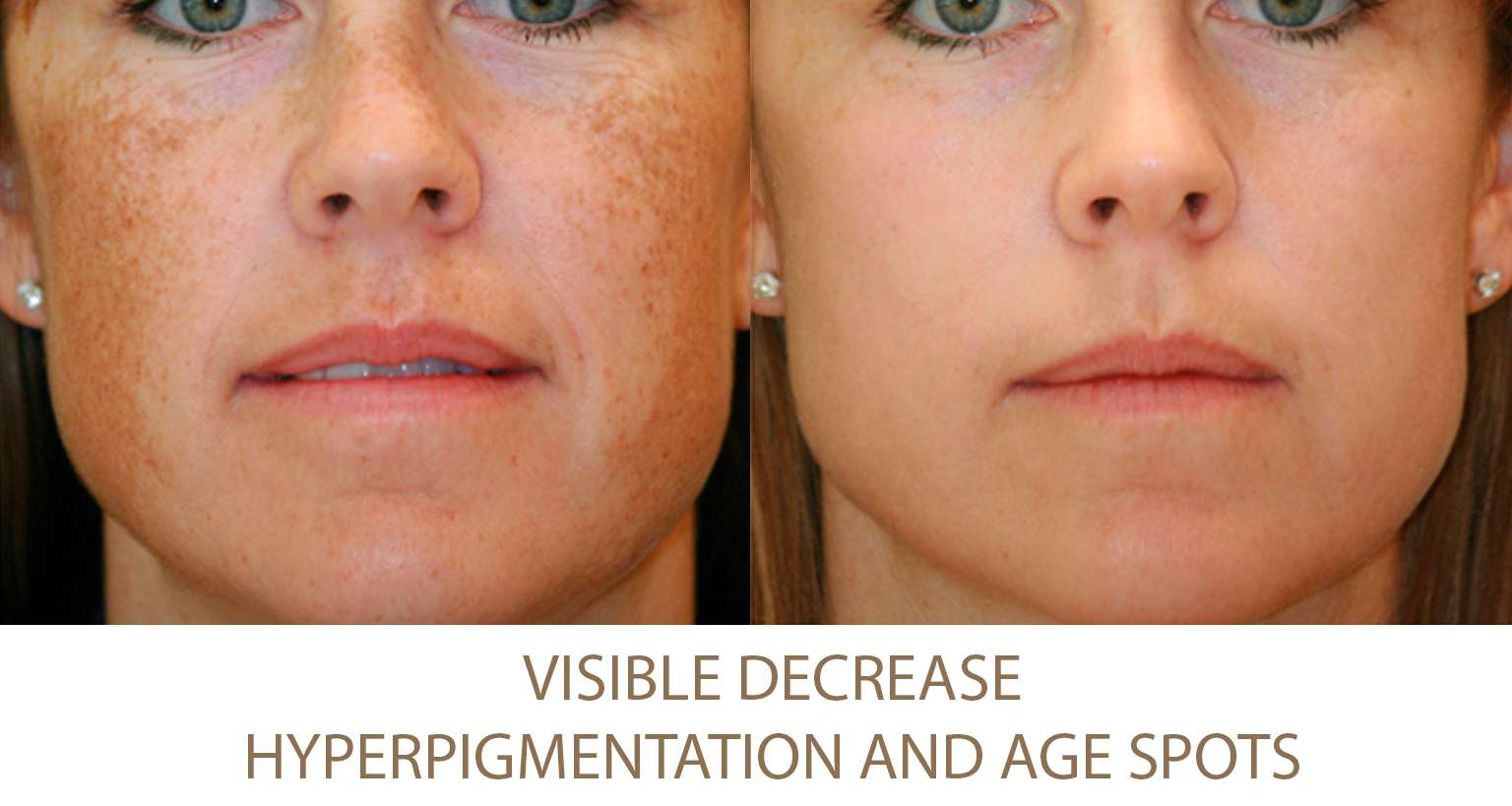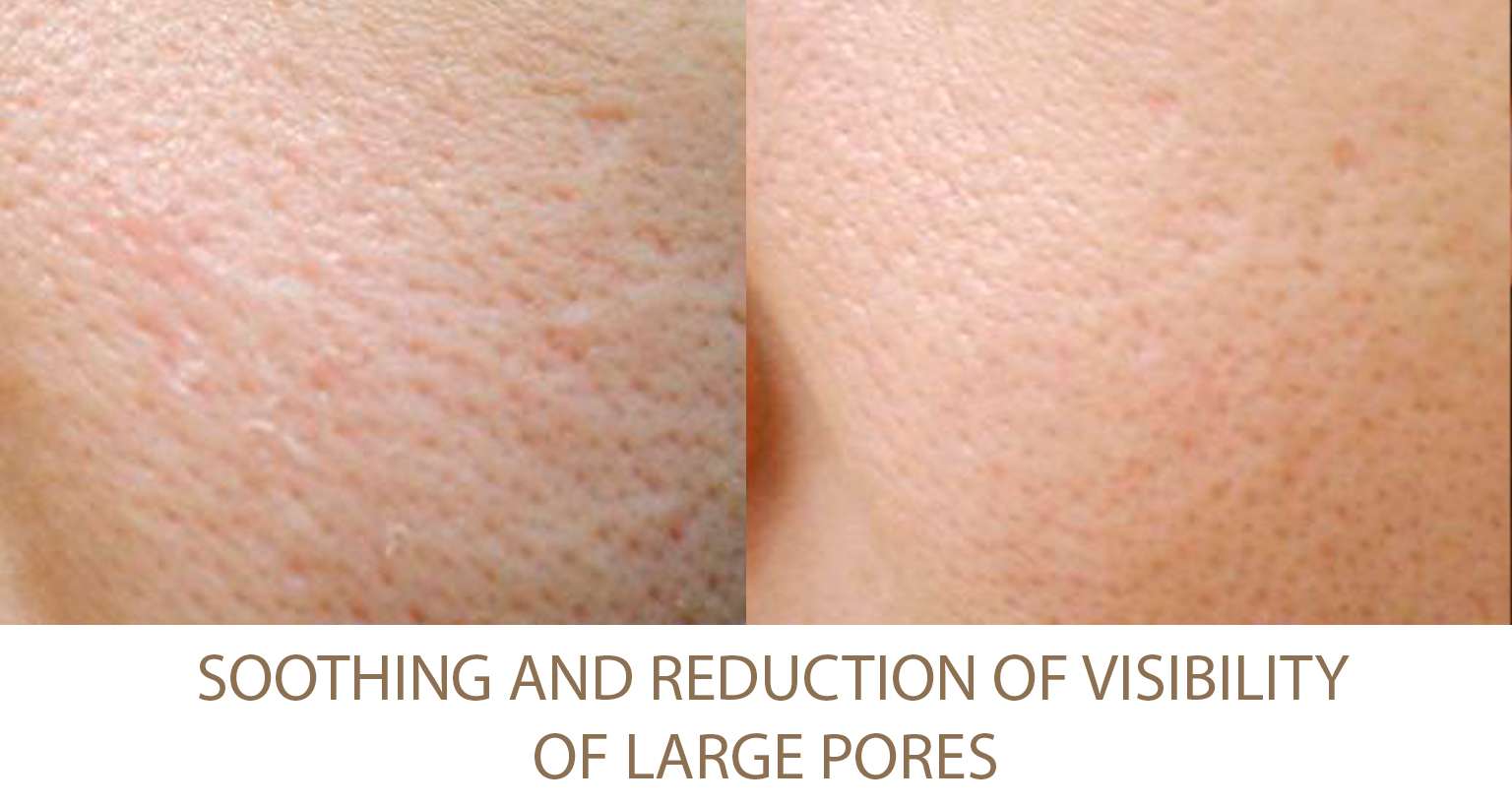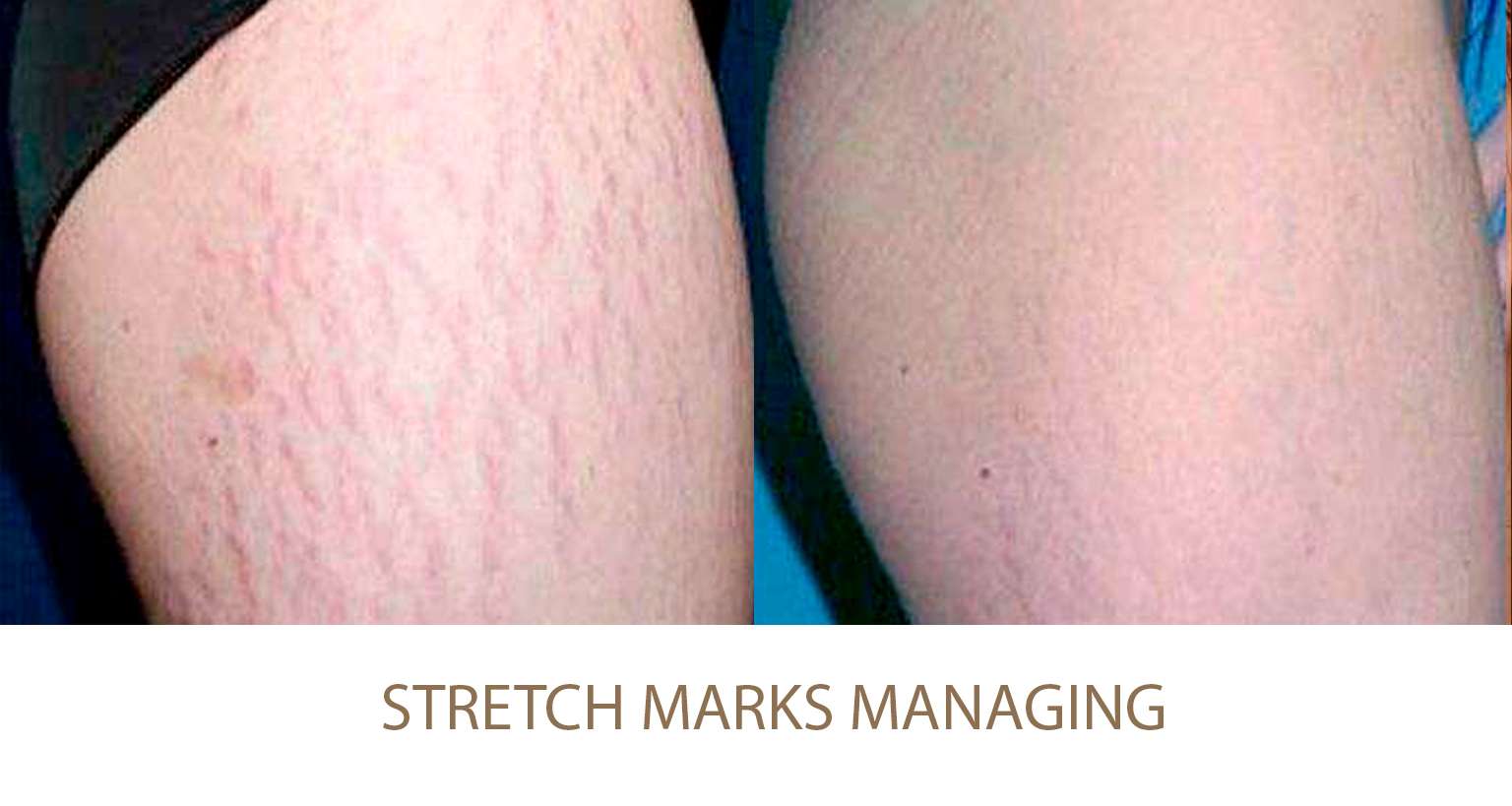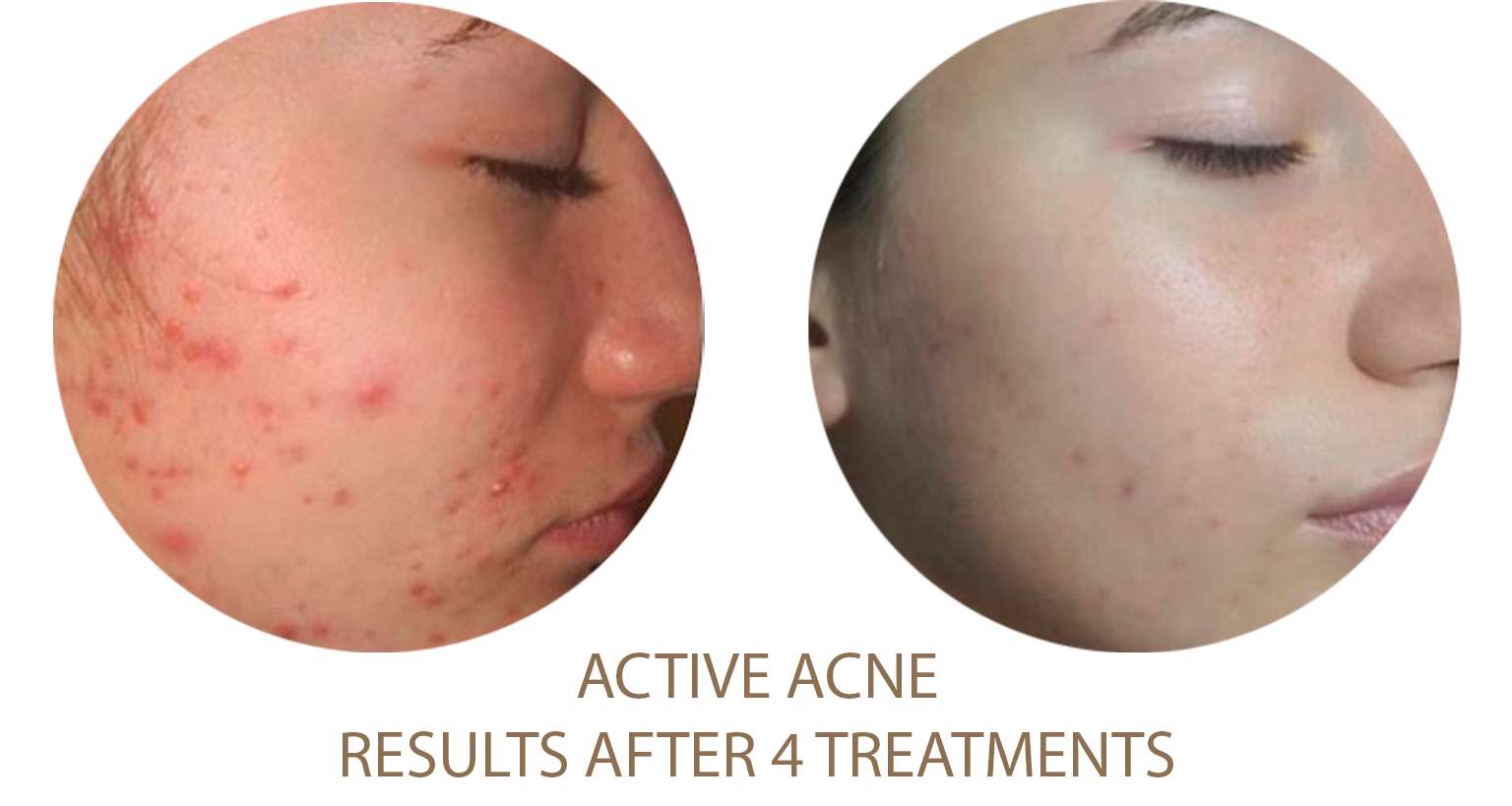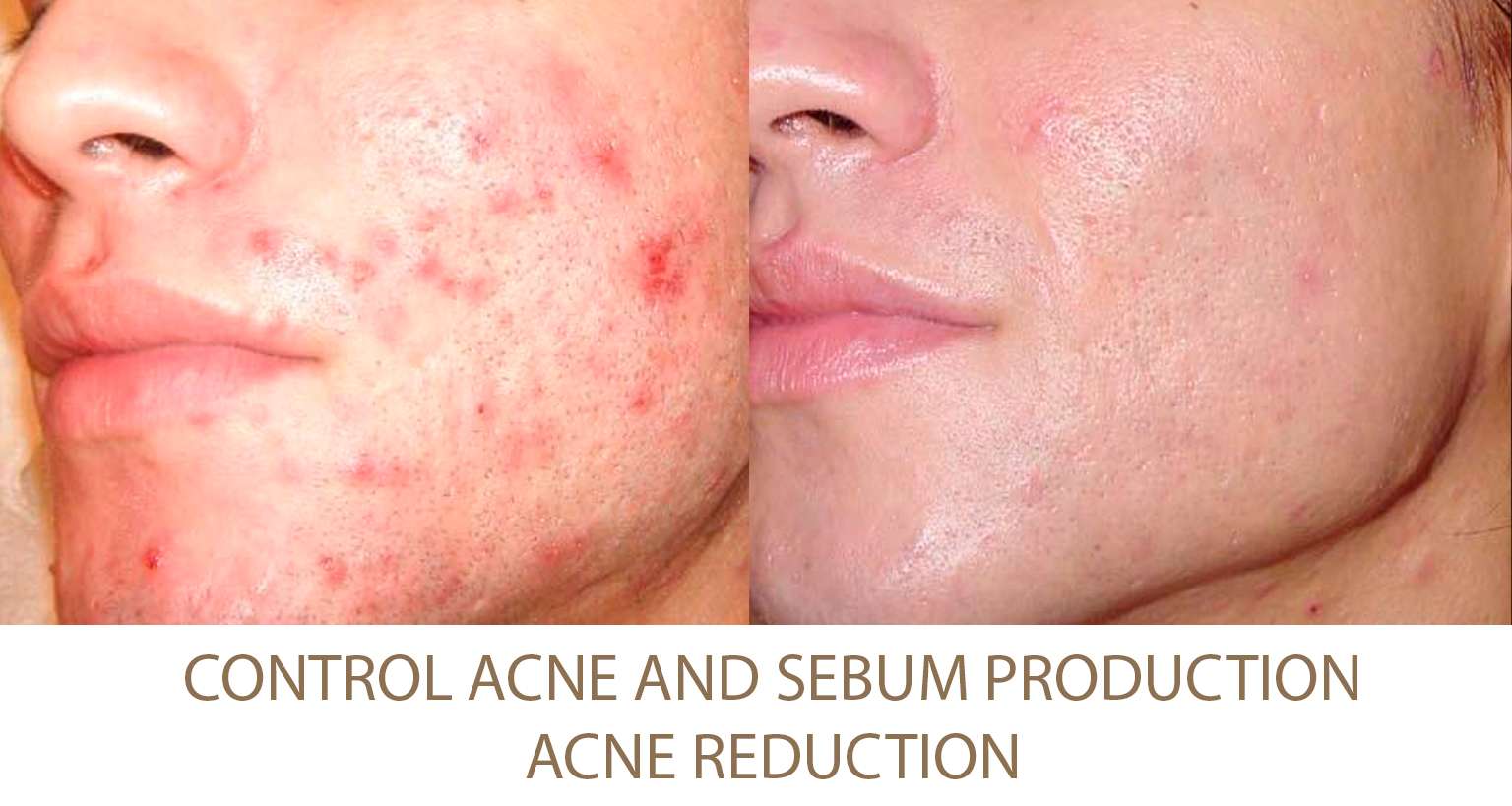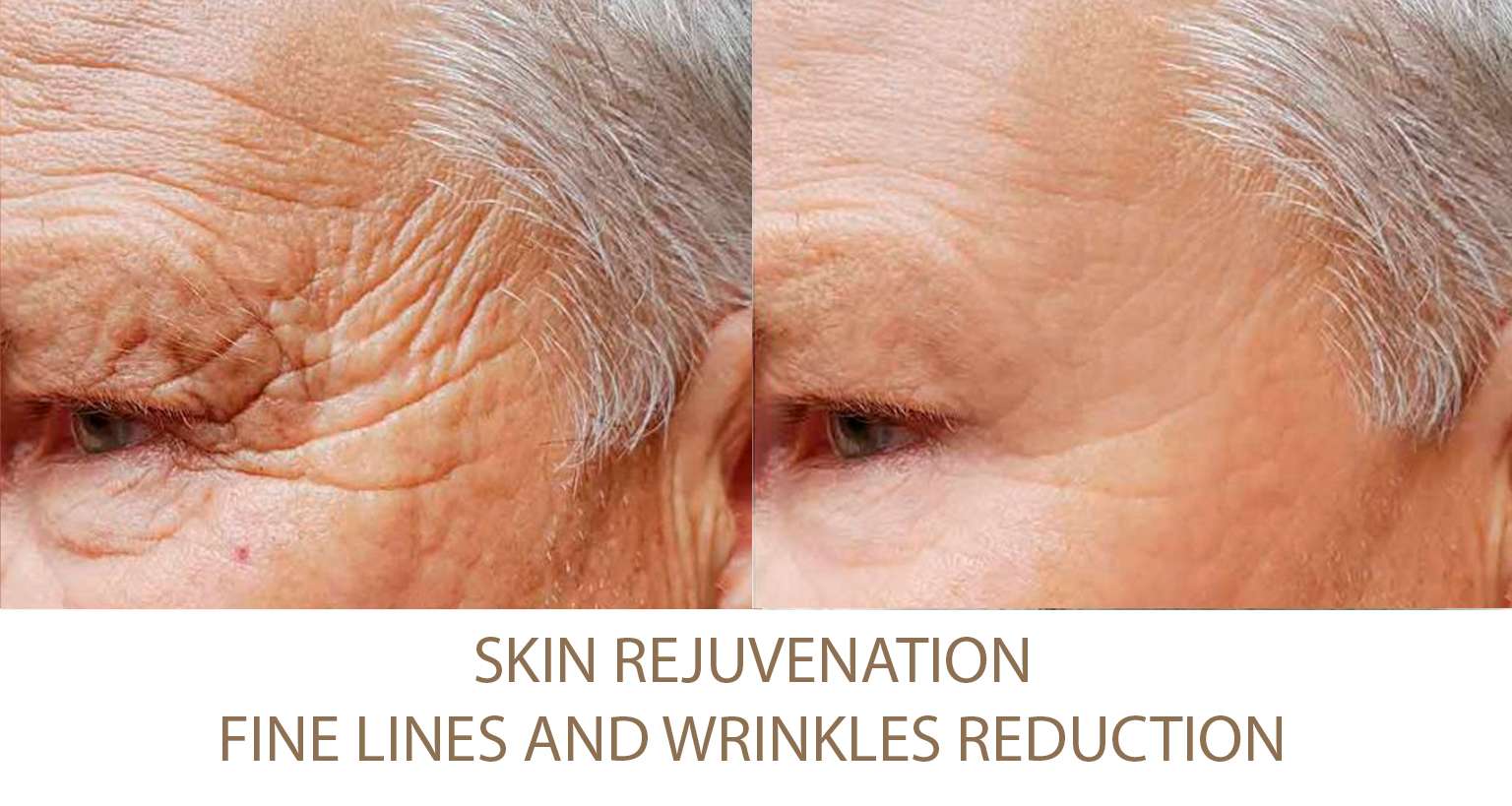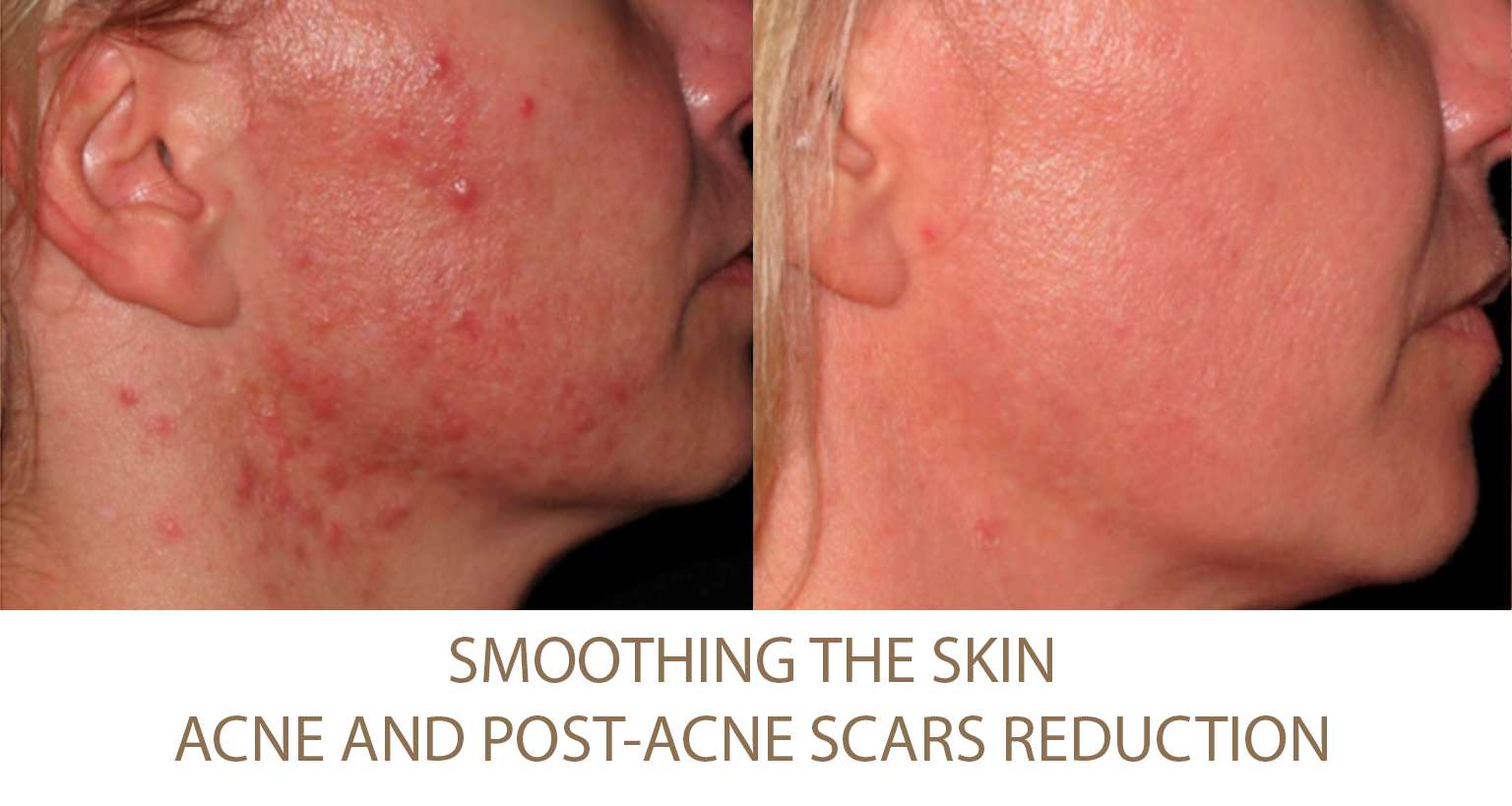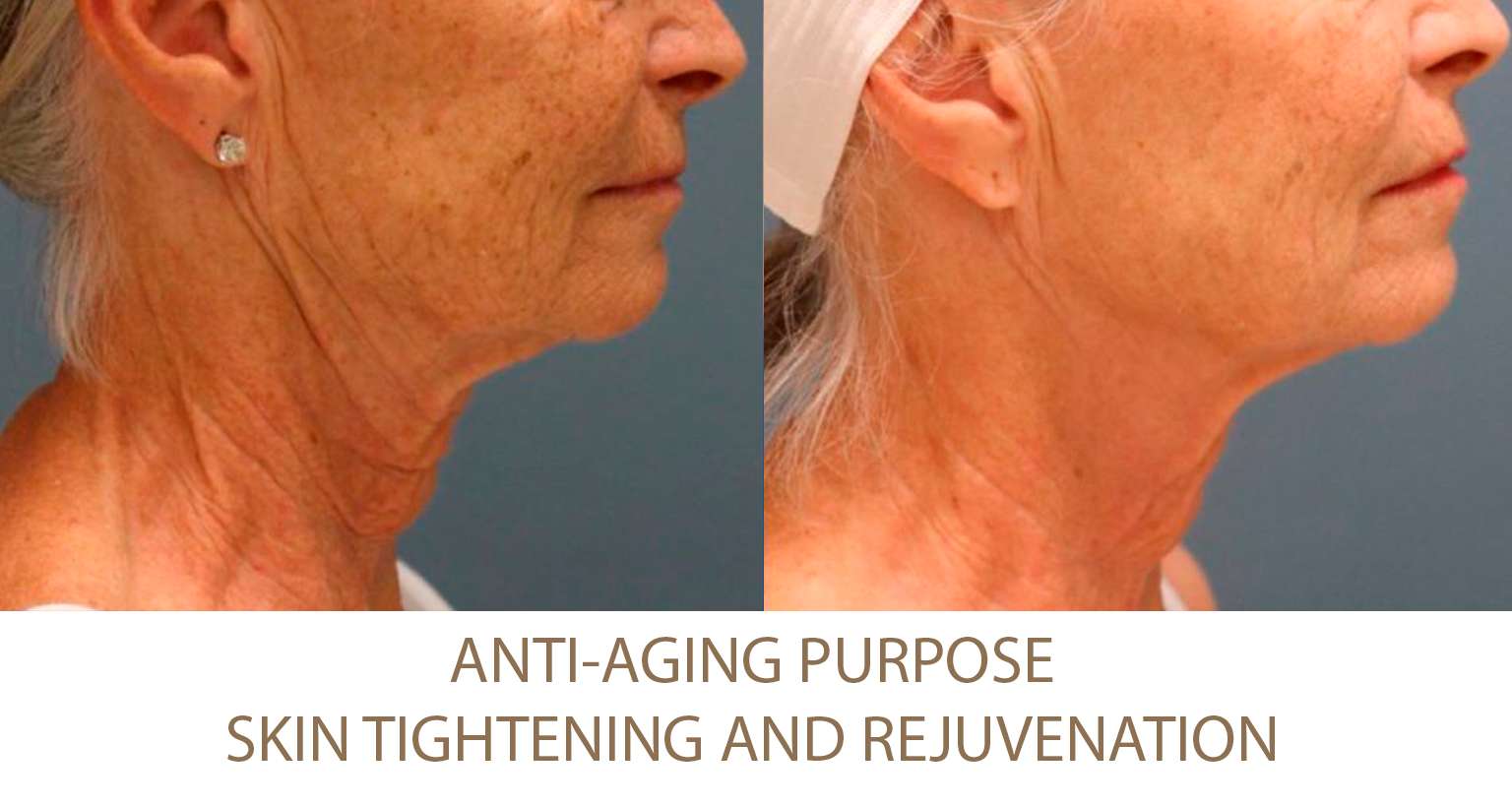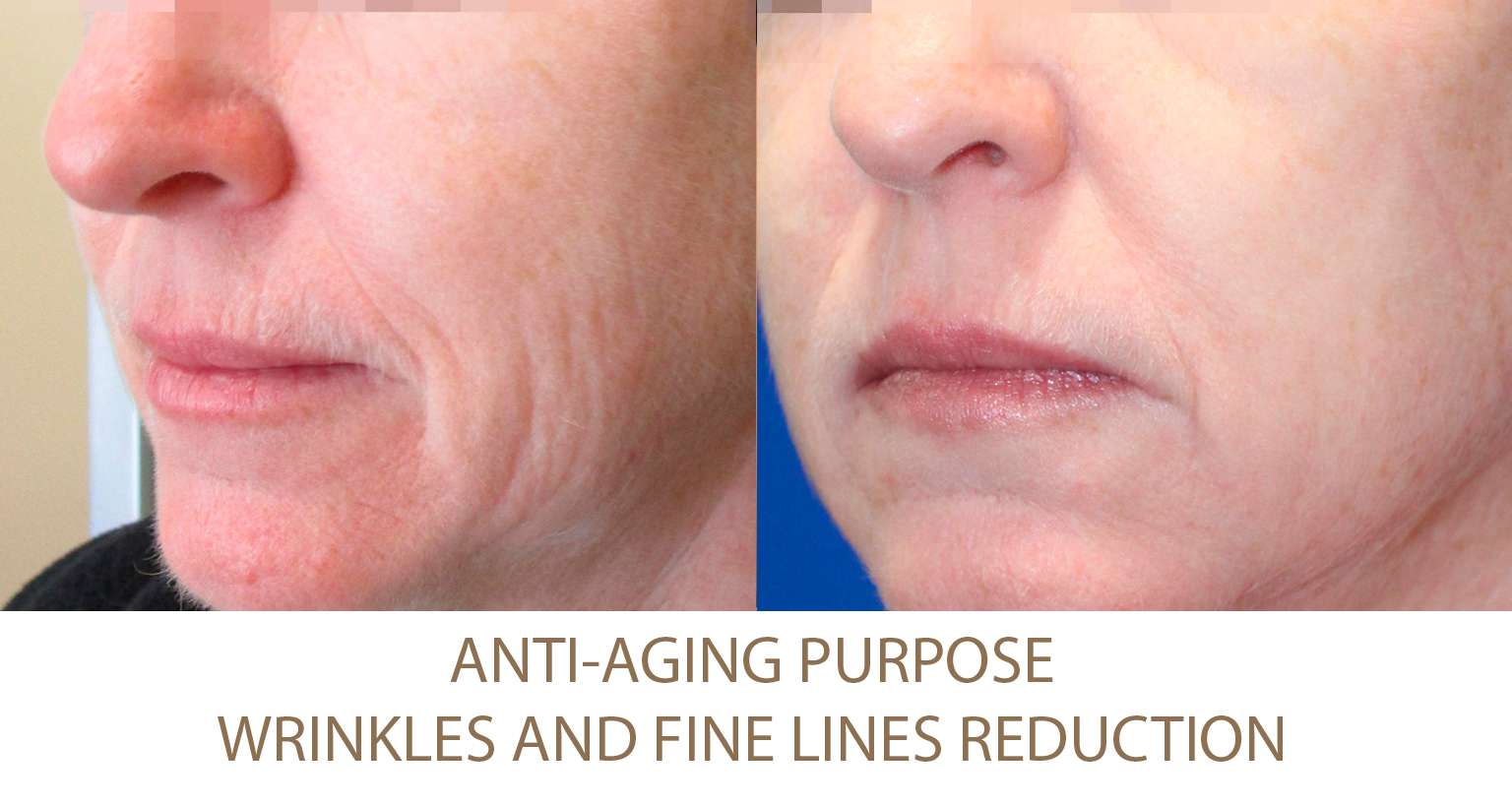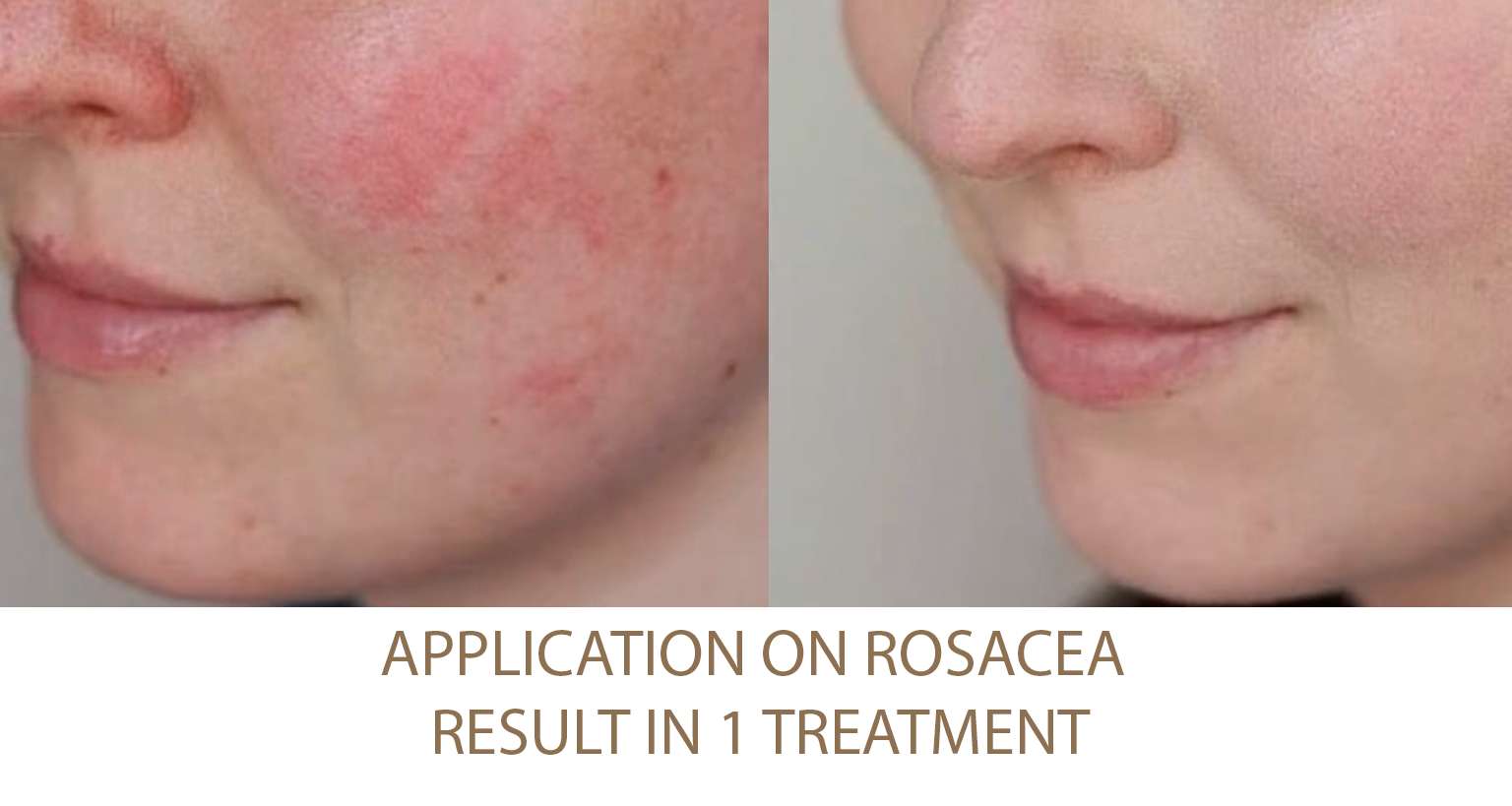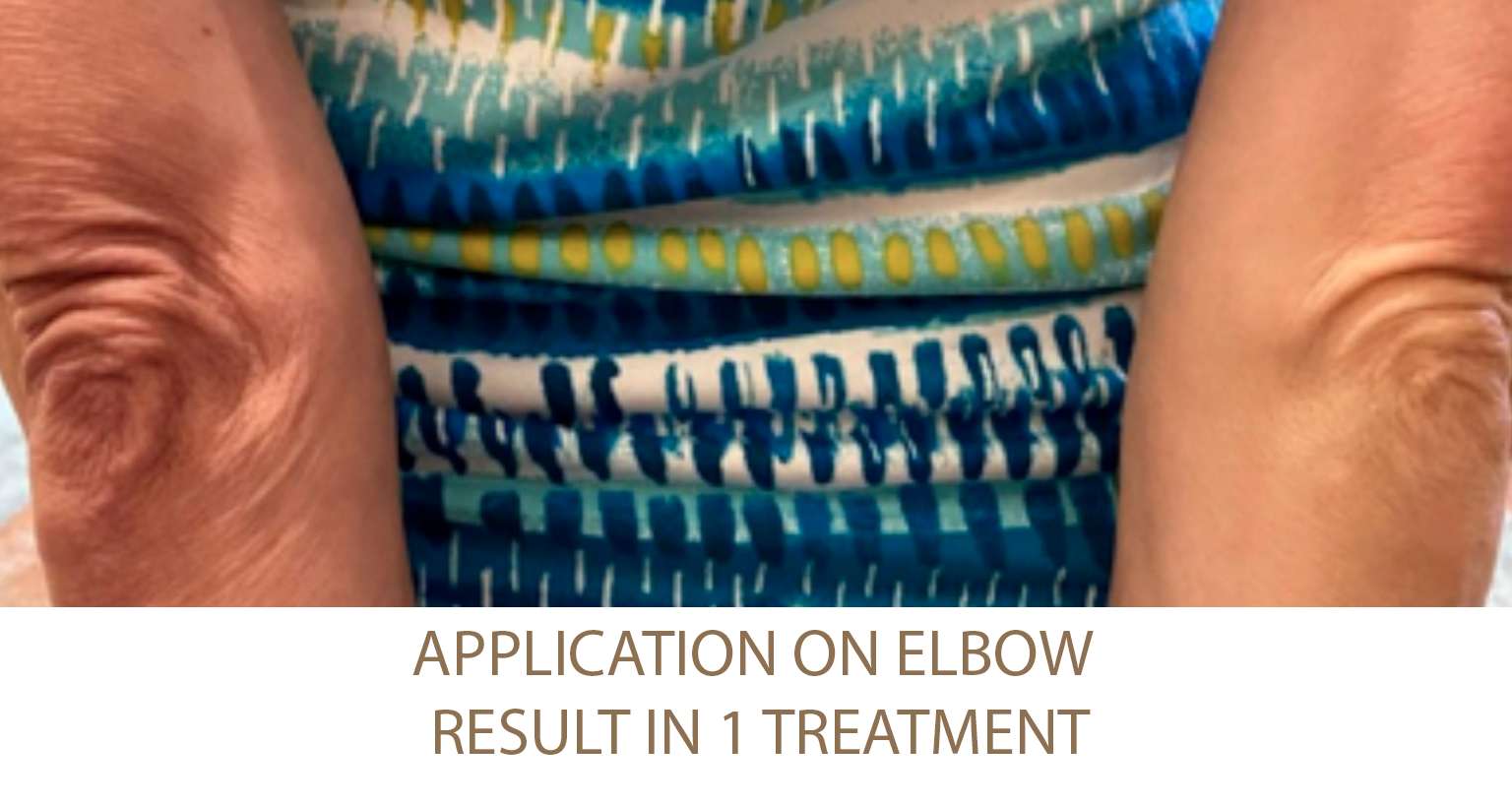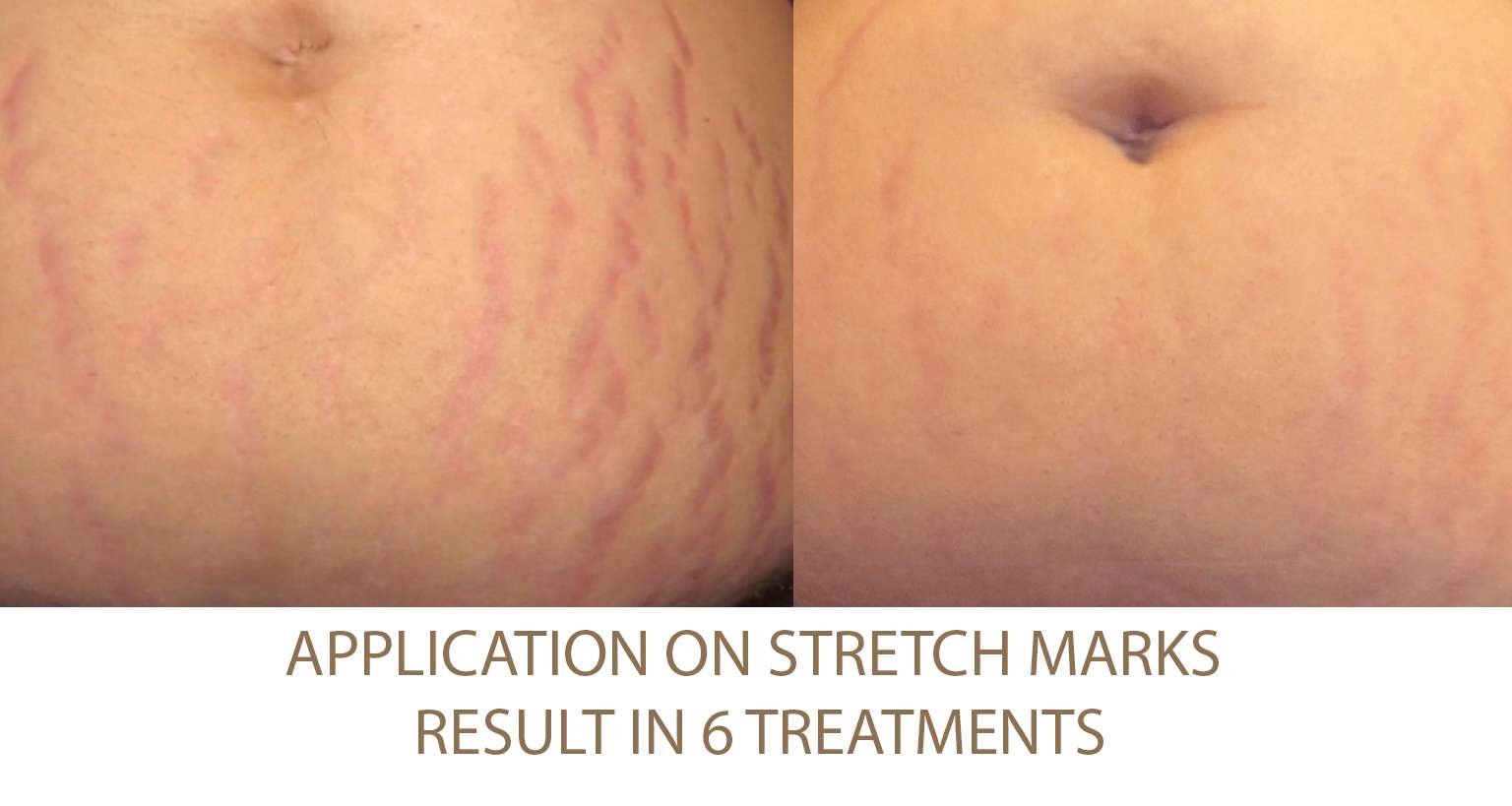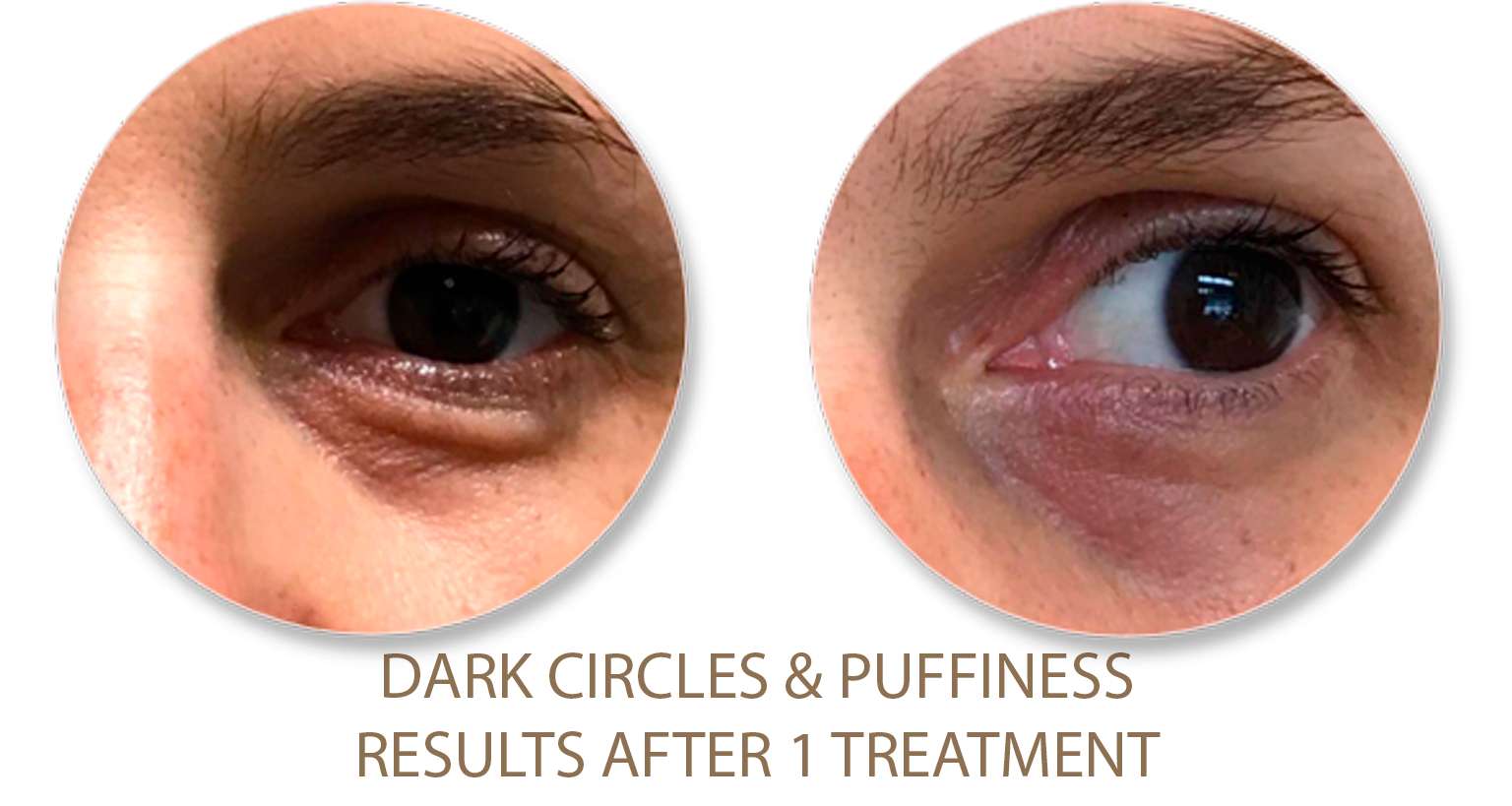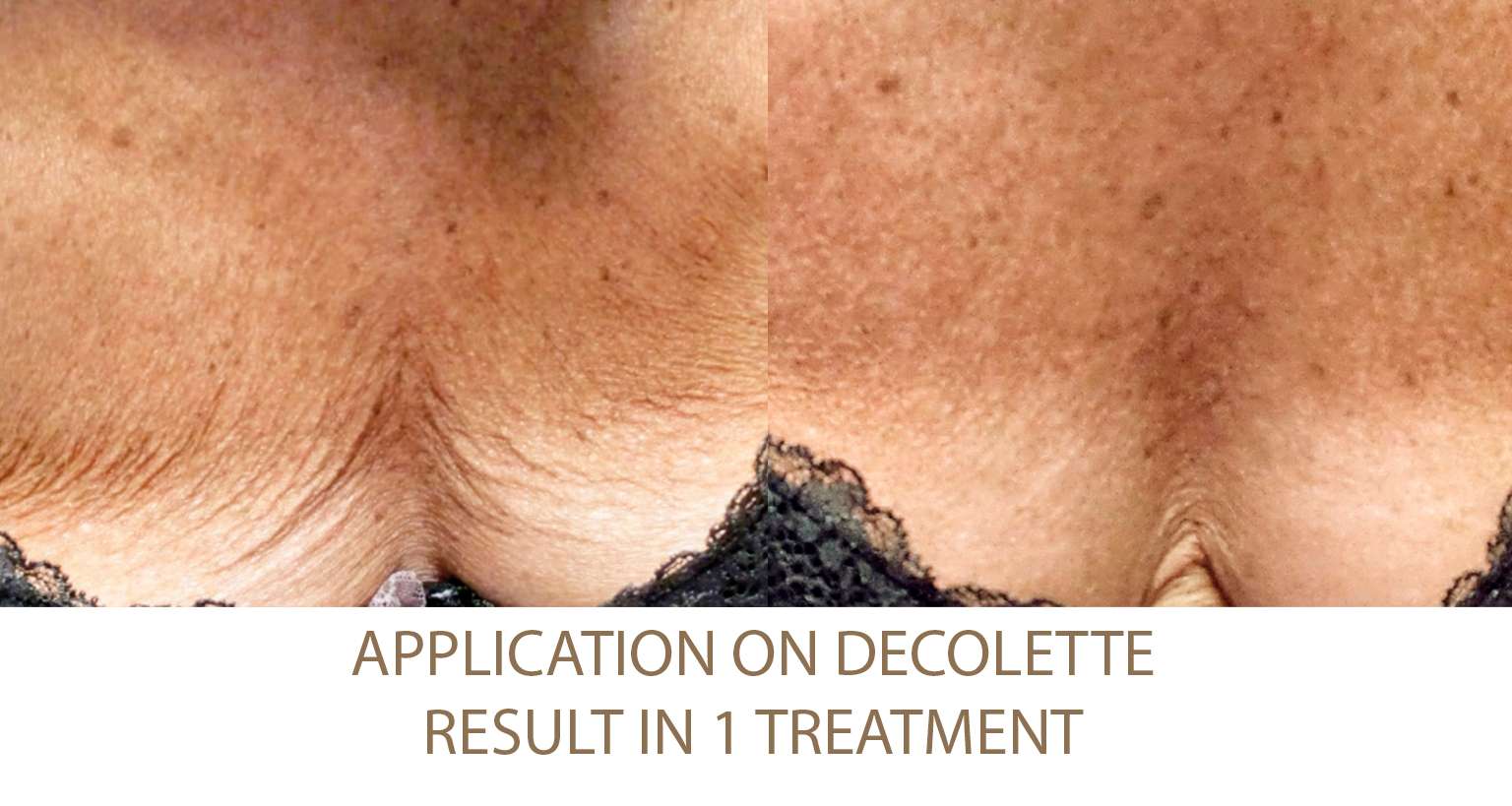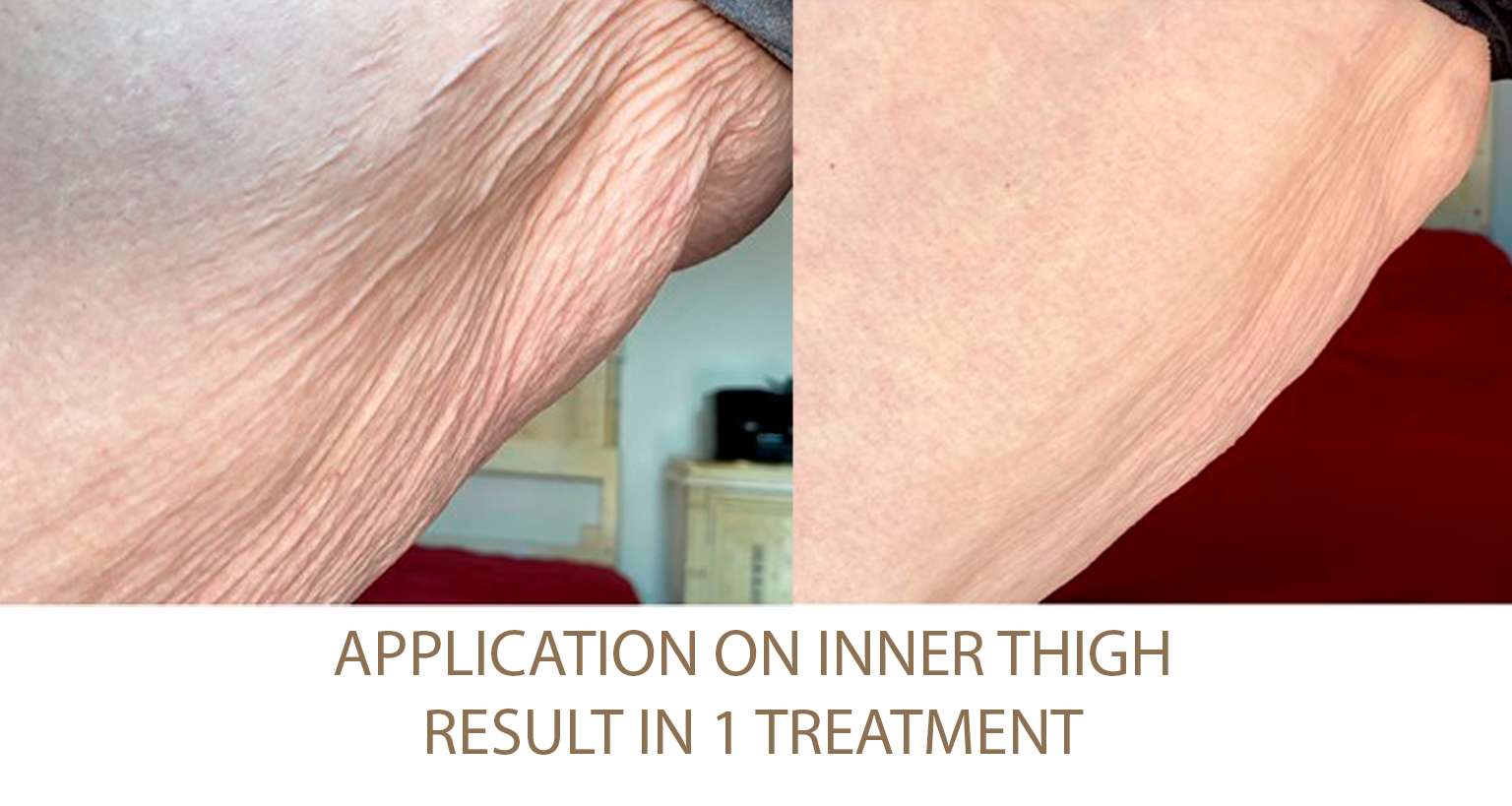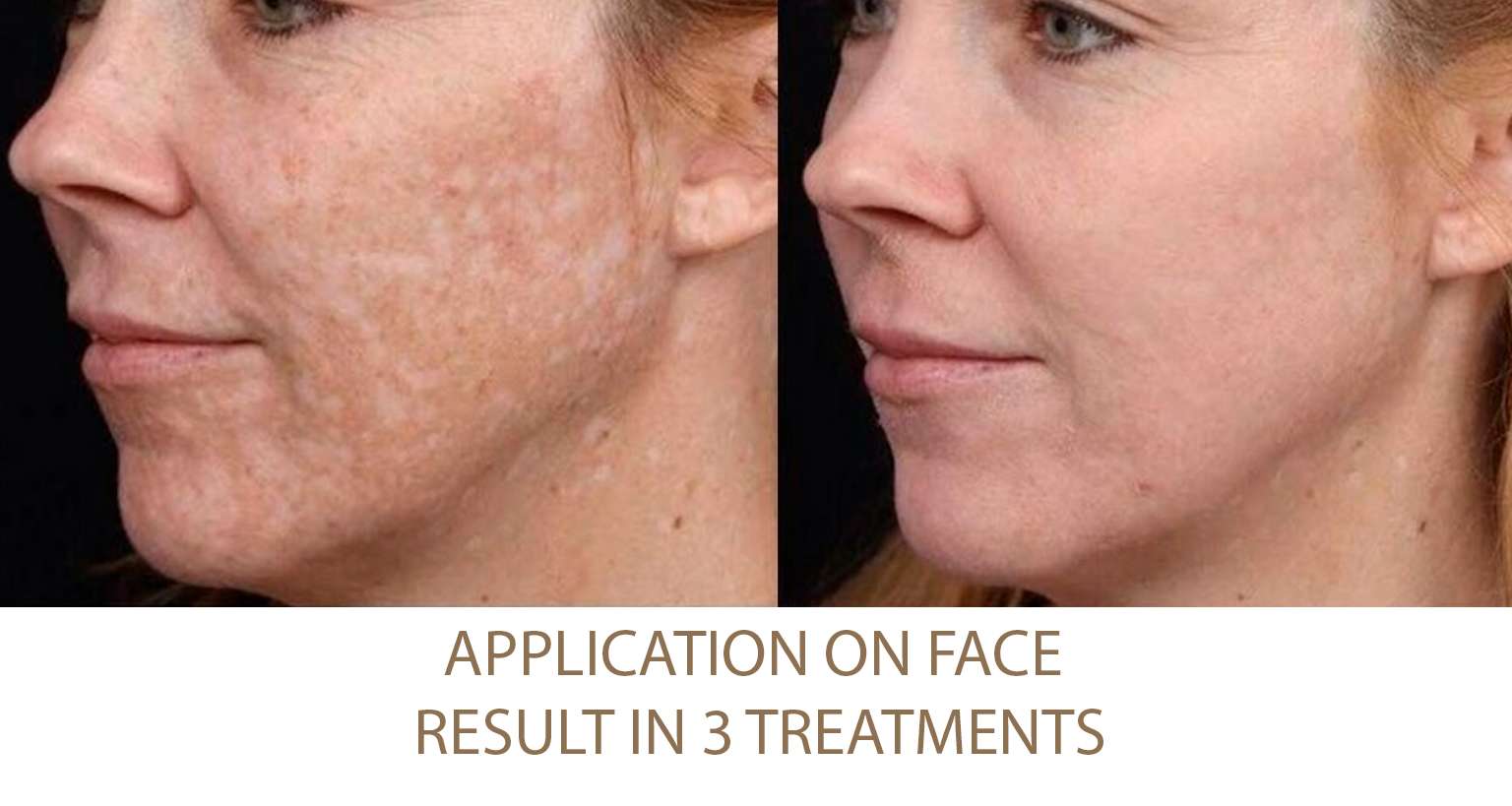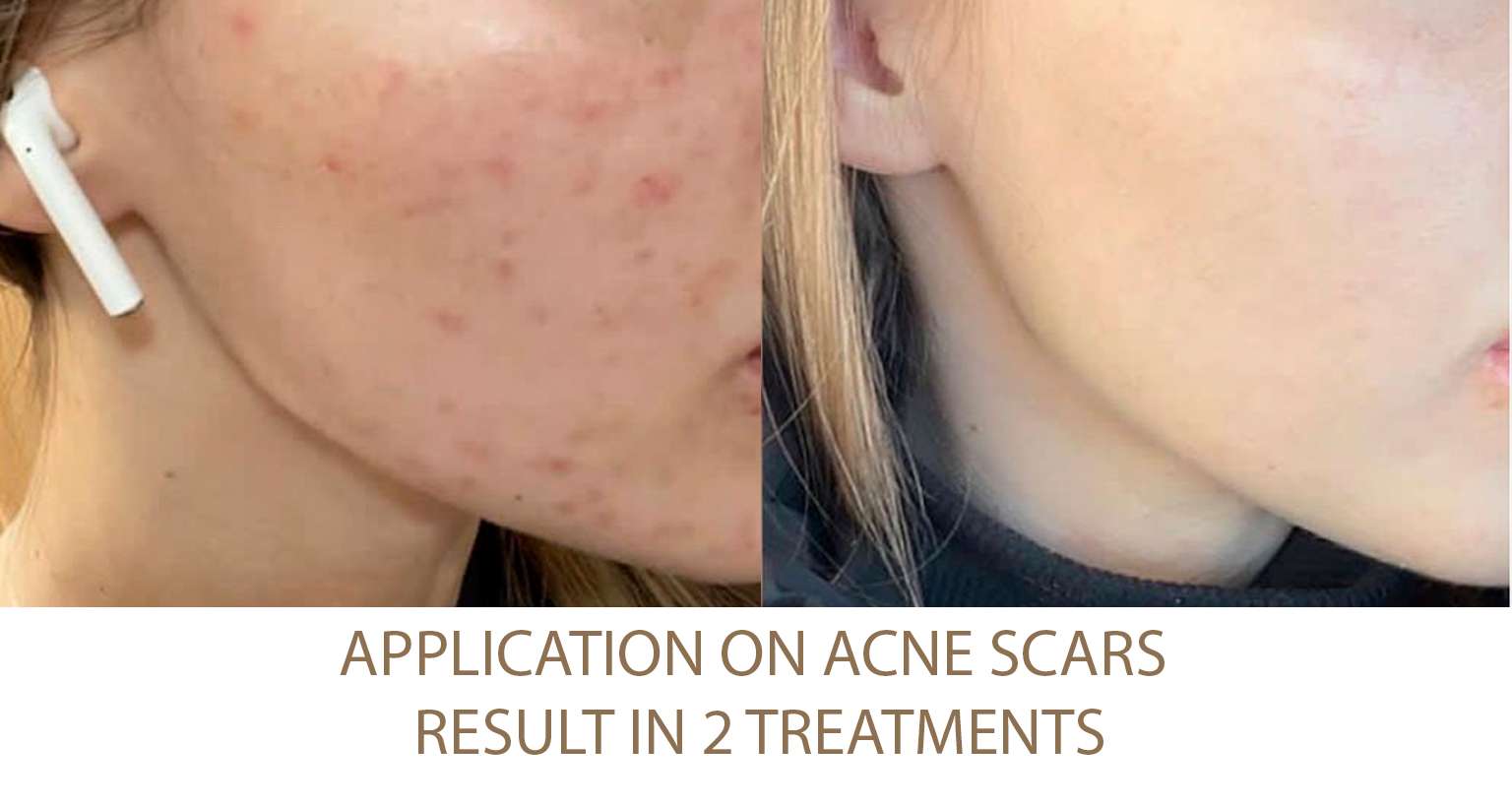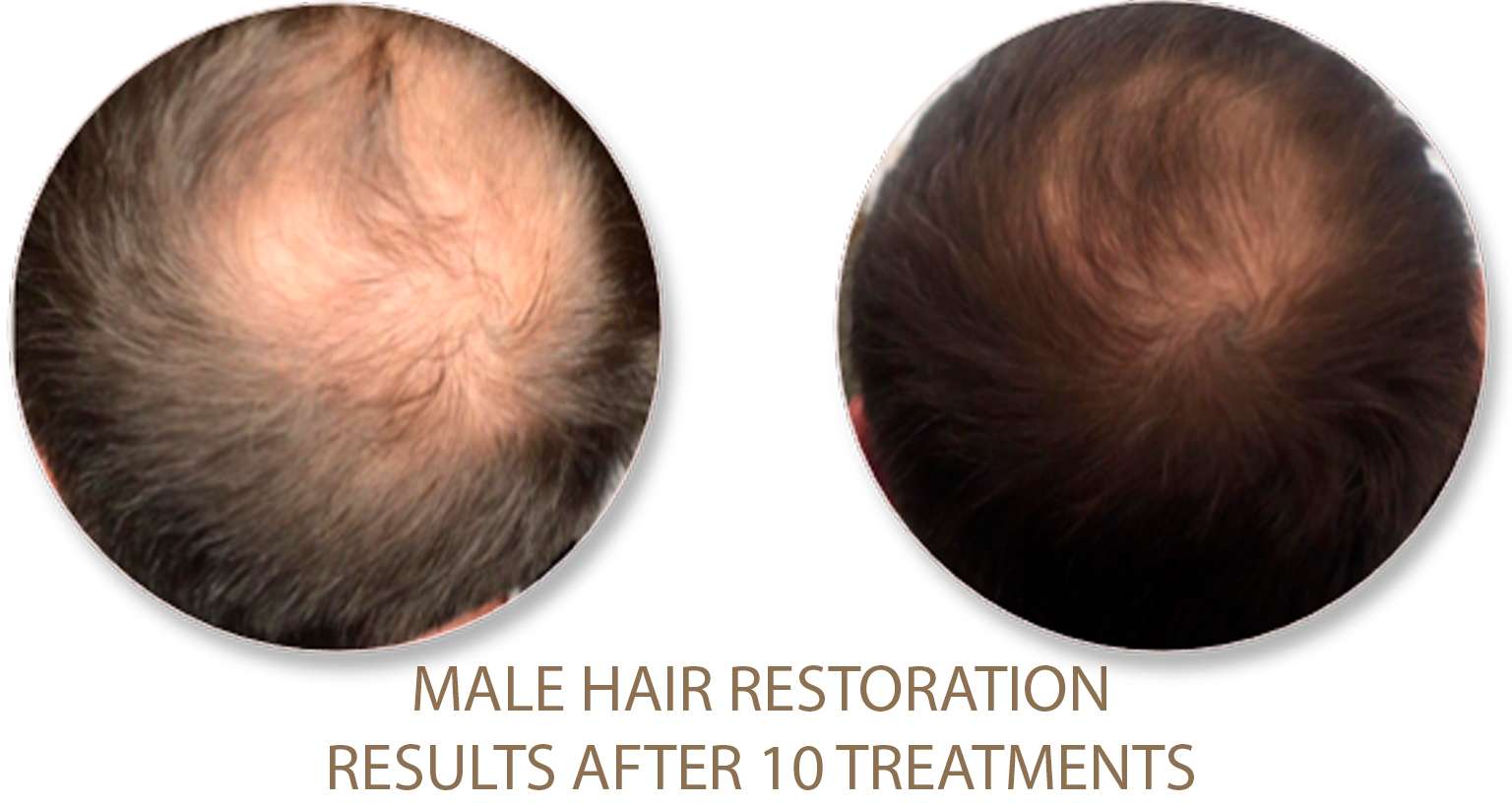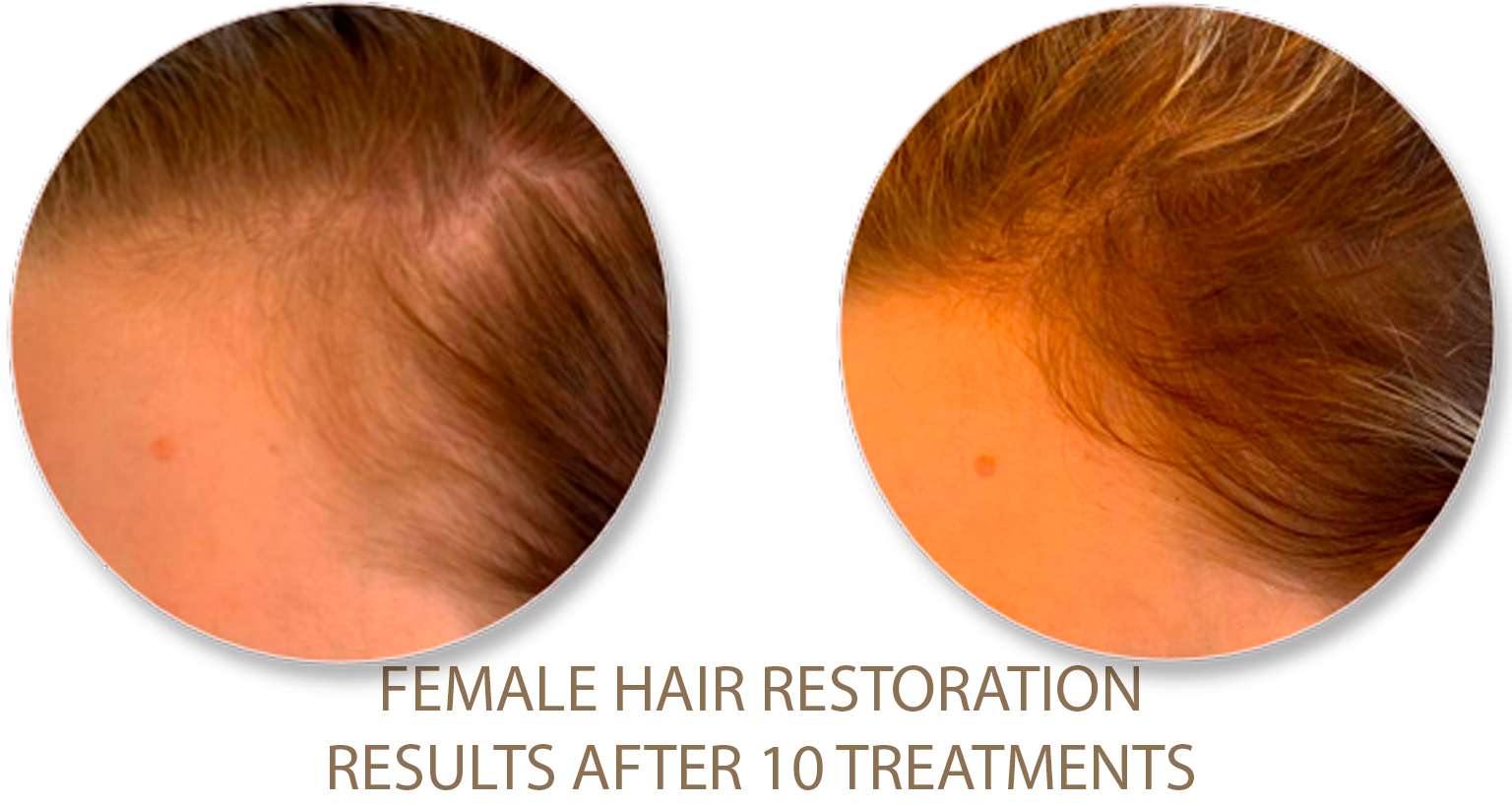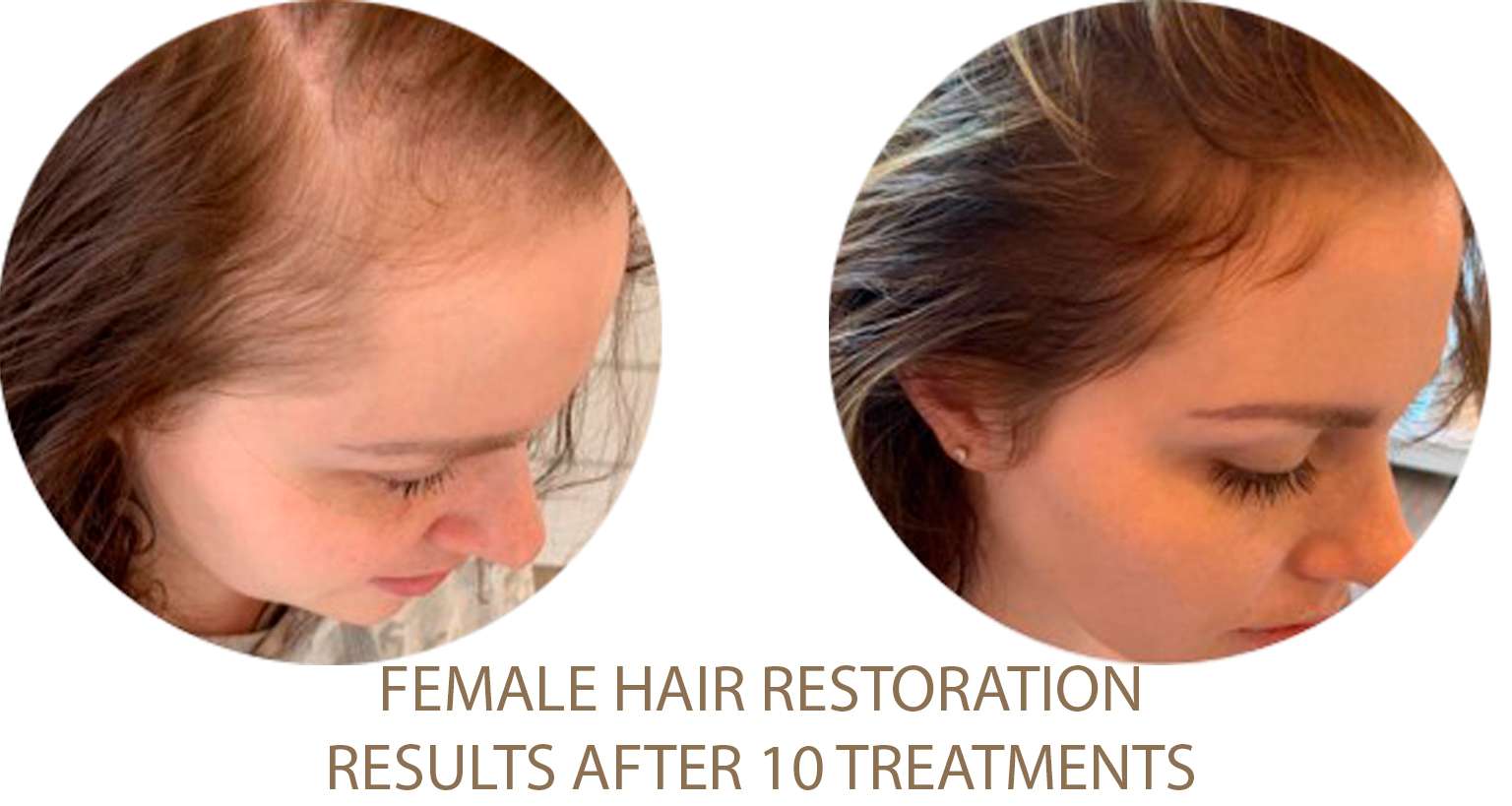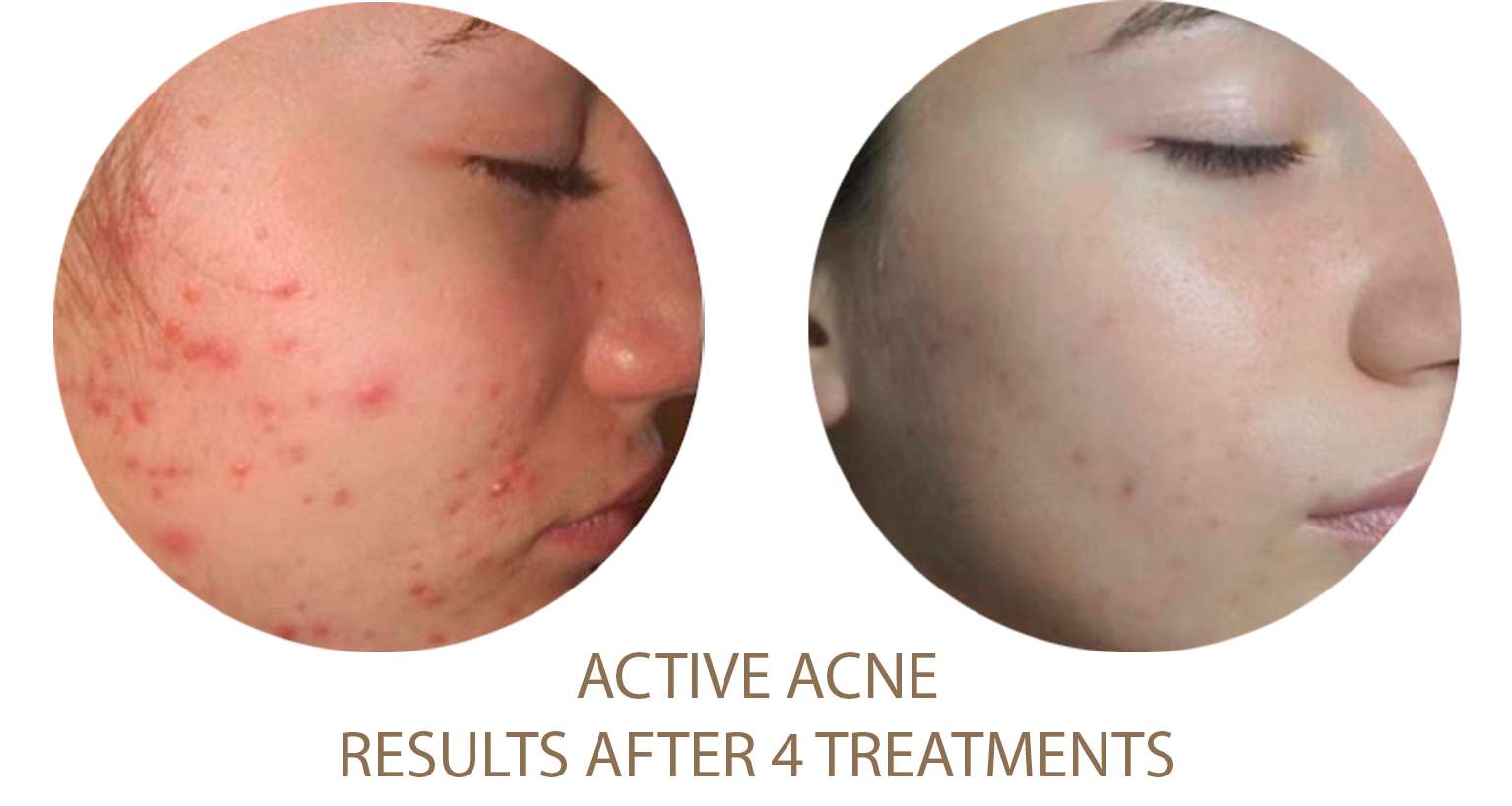Nasolabial Folds
Are natural parts of the facial anatomy. Even small children have them when smiling.
What are Nasolabial Folds?
Nasolabial folds, also known as “smile lines,” are the lines or creases that run from the sides of the nose to the corners of the mouth. They are a natural part of facial anatomy and become more prominent when a person smiles or laughs. These folds deepen with age due to the loss of skin elasticity and a decrease in facial fat, which is a normal part of the aging process.
Nasolabial folds can vary in appearance among individuals, and their depth and visibility can be influenced by factors such as genetics, sun exposure, smoking, and facial expressions over time. While they are generally considered a natural feature and are not a cause for concern, some people may seek cosmetic procedures or treatments to minimize the appearance of these folds if they feel self-conscious about them.

Treatments for Nasolabial Folds:
- Plasma Fibroblast Skin Tightening
- Plasma Jet
- PRX-T33 BioReVitalization
- Plasma Jet PRX-T33
- Microneedling PRX-T33
- BioRePeel
- Plasma Jet BioRePeel
- Microneedling BioRePeel
- Microneedling RF
- Microneedling Dermclar
- Dermapen Microneedling
- DMK Enzymes
- Fractional RF
- Radiofrequency Skin Tightening
- Combo Anti-Aging
What are causes of Nasolabial Folds
Nasolabial folds are primarily caused by a combination of factors related to facial anatomy, lifestyle, and the aging process. Some of the main causes include:
Loss of skin elasticity: As we age, our skin gradually loses its elasticity due to a decrease in collagen and elastin production. This leads to a reduction in the skin’s ability to bounce back, resulting in the formation of creases and lines, including nasolabial folds.
Facial fat redistribution: Over time, the distribution of fat in our faces can change, with a loss of fat in certain areas and an accumulation in others. The loss of fat in the cheeks can make the nasolabial folds more prominent.
Repeated facial expressions: Facial movements and expressions we make over the years, such as smiling and laughing, can contribute to the development of nasolabial folds. These repeated motions cause the skin to crease and create lines, which can become more pronounced over time.
Sun exposure: Prolonged exposure to ultraviolet (UV) rays from the sun can damage the skin and accelerate the breakdown of collagen and elastin. This can lead to premature aging and the earlier appearance of nasolabial folds.
Smoking: Smoking is associated with the release of harmful chemicals that damage collagen and elastin in the skin. Consequently, smoking can contribute to the early development of wrinkles and folds, including nasolabial folds.
Genetics: The tendency to develop nasolabial folds can also be influenced by genetic factors. If your parents or close relatives have prominent nasolabial folds, you may be more likely to develop them as well.
Testimonials
What Our Clients Say:

